Authors: Jenn Blackburn, English Teacher, and Jodi Falk, Dance Director, PVPACHS
Overview & Purpose: This series of activities was designed to allow students to explore poetry through movement. Many of these lessons can be done in one class period or spread out among several class periods. It is our intention to explore how dance can inform one’s understanding of poetry and conversely how poetry can inform one’s understanding of dance. In the spring of 2008, we applied these activities to a poetry unit with four ninth grade language arts classes. This fall we are applying these activities to four ninth grade language arts classes in their unit based upon John Howard Griffin’s Black Like Me. We created this unit with these objectives in mind:
- To illustrate how both poetry and dance are forms of language.
- To demonstrate how movement can serve as a bridge between the abstract and the concrete.
- To provide multiple types of learners the benefit of varied approaches to teaching.
- To provide opportunities for immediate visual feedback regarding students’ understanding.
- To provide multiple opportunities for all students to actively engage during activities.
MA Standards Addressed:
ELA Standards: 1 Discussion, 8 Understanding a Text, 11 Theme, 14 Poetry, 18 Dramatic Reading and Performance
Dance Standards: 1 Movement Elements and Dance Skills, 2 Choreography, 3 Dance as Expression, 4 Performance, 5 Critical Response, 10 Interdisciplinary Connections
Objectives:
Students will be able to:
explain/ relate a connection between movement and language
make discoveries and interpretations of the meaning of various poems using the elements of poetry (diction, sounds, rhythm, connotation, theme) and the form of dance (time, space, quality)
show how rhythm, connotation, theme, action (verbs) and descriptive words (adverbs and adjectives) can be expressed through movement
achieve a deeper understanding of poetry through physical exploration
Materials Needed:
- space for students to move freely
- handouts with guidelines, procedures and definitions
- index cards containing words with varied connotations
- pens or pencils
- copies of poems you will use and explore during exercises
We used: “i am accused of tending to the past” by Lucille Clifton for the connotation and denotation exercise, “Dream Deferred” by Langston Hughes for the action and descriptive words exercise, “Still I Rise” by Maya Angelou for the theme exercise, and finally “We Real Cool” by Gwendolyn Brooks and “We Wear the Mask” by Paul Laurence Dunbar for the rhythm exercise.
1
Instruction:
- Students will be introduced to the activities and objectives of the unit.
- Elements of dance: space, time and quality, and choreographic principles
- Connotation and Denotation Exercise- What are connotation and denotation? Why do poets make specific word choices? Can students find examples in the poem where a word with strong connotations is used? How does it affect the meaning of the line or poem? Can students demonstrate the connotations of words, phrases and lines using movement?
- Action Words and Descriptive Words Exercise- Review the definitions of verbs, adjectives and adverbs before reading the poem(s). Identify examples of each from the poem. Select a group to explore the poem(s) with specific focus on the words in your assigned category. Can your group members perform the poem to a dramatic reading? How do group choices and performances compare or contrast when focus is shifted to different types of words?
- Theme Exercise- What is theme? What is a theme statement? Can students identify a theme for a poem? How would they embody that theme using movement(s) or a montage?
- Rhythm exercise- What is rhythm? Can students pick up on a rhythm and repeat it? Can they create their own rhythms? Can they identify rhythm in poetry?
Feedback: critique each other’s performances in a respectful and genuine manner. (You may need to model this.) Allow students the chance to explain their intentions for their choices and possibly consider what else they would have done following feedback or if given more time.
Reflection: At the end of each activity, as well as at the end of the unit, we provided time for discussion and summary of the activities that took place as well as the information covered. Students were asked to give feedback both through discussion and through a short survey.
Other Possible Applications: This year we created an integrated dance and language arts lesson using the characters of Harper Lee’s, To Kill a Mockingbird. Students explored the ways that characteristics can manifest themselves physically. Students explored movements such as rising, sinking, spreading, narrowing, advancing and retreating and applied these techniques to characters from the novel. Students established walks, movements and mannerisms for various characters and had the opportunity to create interactions with other characters.
We have also used movement to explore the shape and sounds of words in poetry.
For a detailed description of each exercise to use in your classroom, feel free to contact Jodi at [email protected]
